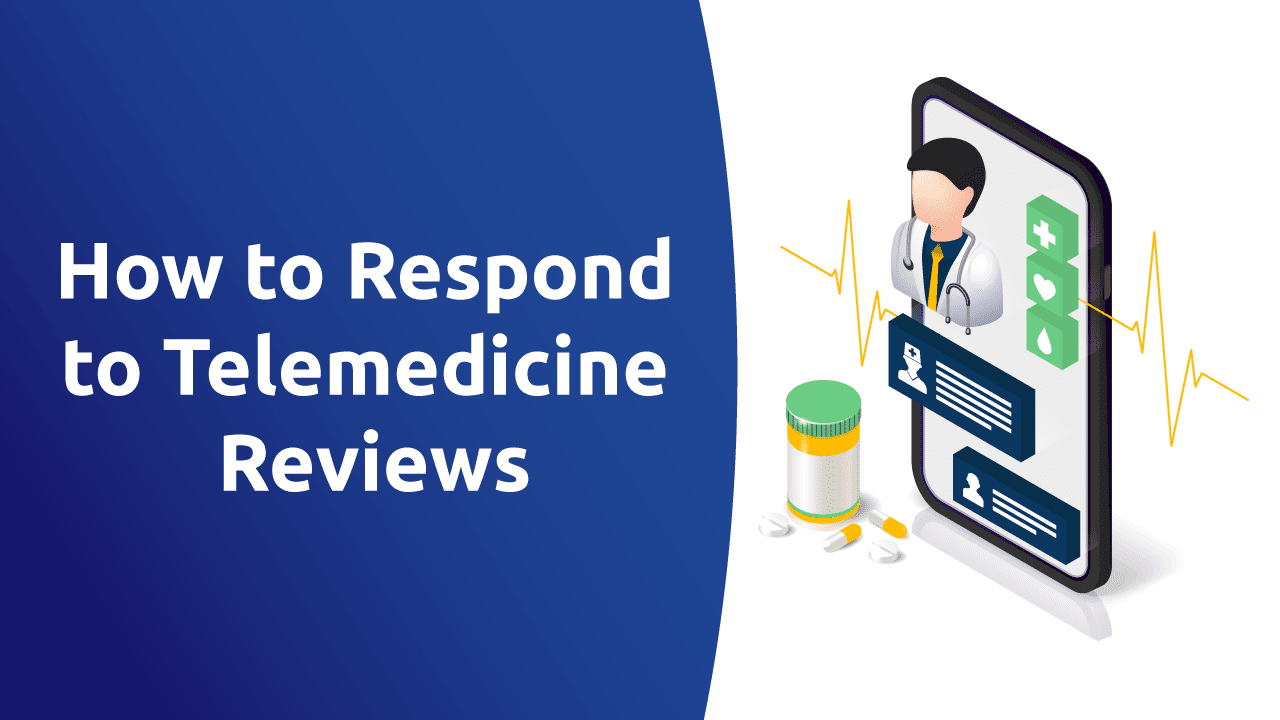Accepting Telemedicine: Transforming Medical Care Distribution for a Modern World
As we browse a period characterized by quick digitalization and evolving individual demands, the integration of telemedicine right into typical healthcare methods offers a compelling proposal. In discovering the implications and complexities of accepting telemedicine, a nuanced understanding of its complex impact on healthcare shipment in the modern-day world ends up being imperative.
The Development of Telemedicine
Telemedicine has actually undergone significant evolution over the past few decades, transforming the landscape of health care shipment. Conceived to link the void in between health care suppliers and individuals in remote areas, telemedicine has now expanded its reach to offer a large range of medical services via technological improvements.
In the very early stages, telemedicine mainly entailed consultations via telephone or video clip conferencing. With the spreading of digital devices and platforms, healthcare specialists can now from another location keep an eye on vital indicators, conduct online examinations, and also perform particular medical treatments. This shift in the direction of more thorough virtual treatment has reinvented the way medical care is delivered, making it extra available and hassle-free for clients.
In addition, the integration of electronic health and wellness documents (EHRs) and telemedicine has boosted coordination among medical care teams, causing extra effective and joint individual treatment. Telemedicine reviews. With the ongoing improvements in artificial intelligence and remote tracking tools, telemedicine is poised to continue developing, supplying innovative options to boost healthcare outcomes internationally

Benefits of Telemedicine Fostering
As the usage of telemedicine has broadened to encompass a wider range of clinical solutions and technical capacities, the benefits of its adoption in modern healthcare shipment have come to be increasingly apparent. One of the main advantages of telemedicine is boosted accessibility to health care solutions, especially for individuals in remote or underserved areas.
In addition, telemedicine can lead to better health results with improved care coordination. Telemedicine can aid relieve pressure on conventional health care systems by lowering overcrowding in medical facilities and facilities, eventually enhancing general effectiveness and client satisfaction.
Conquering Telemedicine Obstacles
Resolving the barriers integral in incorporating telemedicine right into existing medical care systems offers a critical yet surmountable obstacle for doctor worldwide. One significant hurdle is the resistance to alter amongst both healthcare specialists and individuals. Convincing traditional medical care companies to embrace telemedicine needs thorough training programs and constant assistance to ensure smooth integration. Furthermore, people might be reluctant to welcome virtual consultations because of worries about the high quality of treatment or an absence of knowledge with the innovation.
Furthermore, regulative barriers and compensation constraints posture considerable challenges to the widespread implementation of telemedicine. Varying state and nation regulations relating to telemedicine methods create an intricate setting for providers to navigate. Reimbursement plans that do not sufficiently compensate for telemedicine solutions can deter medical care organizations from buying this innovative technique to care delivery.

Enhancing Patient-Provider Communication
Browsing the landscape of telemedicine challenges brightens the vital need for improving patient-provider interaction in contemporary medical care delivery systems - Telemedicine reviews. Reliable communication lies at the heart of top quality health care stipulation, and in the realm of telemedicine, where physical hints might be limited, clear and understanding communication comes to be much more paramount
Enhancing patient-provider communication in telemedicine involves various strategies. Giving clear guidelines, establishing sensible expectations, and guaranteeing open lines published here of communication for follow-up queries can boost the total individual experience in telemedicine.
Future Trends in Telemedicine
Expecting the development of telemedicine, advancements in technology and medical care shipment systems are leading the way for cutting-edge techniques to individual treatment. Among the future patterns in telemedicine is the integration of expert system (AI) and device learning formulas to improve analysis abilities. AI can evaluate vast quantities of client information swiftly, aiding medical care suppliers in making much more exact diagnoses and therapy decisions. Additionally, making use of virtual fact (VR) and boosted reality (AR) in telemedicine is obtaining momentum. These modern technologies can produce immersive experiences for both service providers and people, helping with digital assessments and clinical training simulations.
By leveraging telemedicine, healthcare service providers my company can reach clients in remote locations, improving access to quality care. These advancements in telemedicine hold great promise for transforming medical care distribution and boosting individual results in the future.
Final Thought
To conclude, telemedicine has revolutionized healthcare distribution by boosting accessibility to care, boosting effectiveness, and enhancing patient end results. Regardless of difficulties, the benefits of telemedicine adoption are clear, leading the way for much better patient-provider communication and future innovations in health care. As innovation remains to advance, telemedicine will certainly play an important role in changing health care delivery for a modern-day world.

Expecting the evolution of telemedicine, advancements in modern technology and health care shipment systems are paving the means for ingenious methods to patient treatment. These developments in telemedicine hold fantastic promise for changing health care delivery and boosting client outcomes in the future.
In final thought, telemedicine has changed medical care shipment by improving accessibility to care, enhancing performance, and improving patient results.